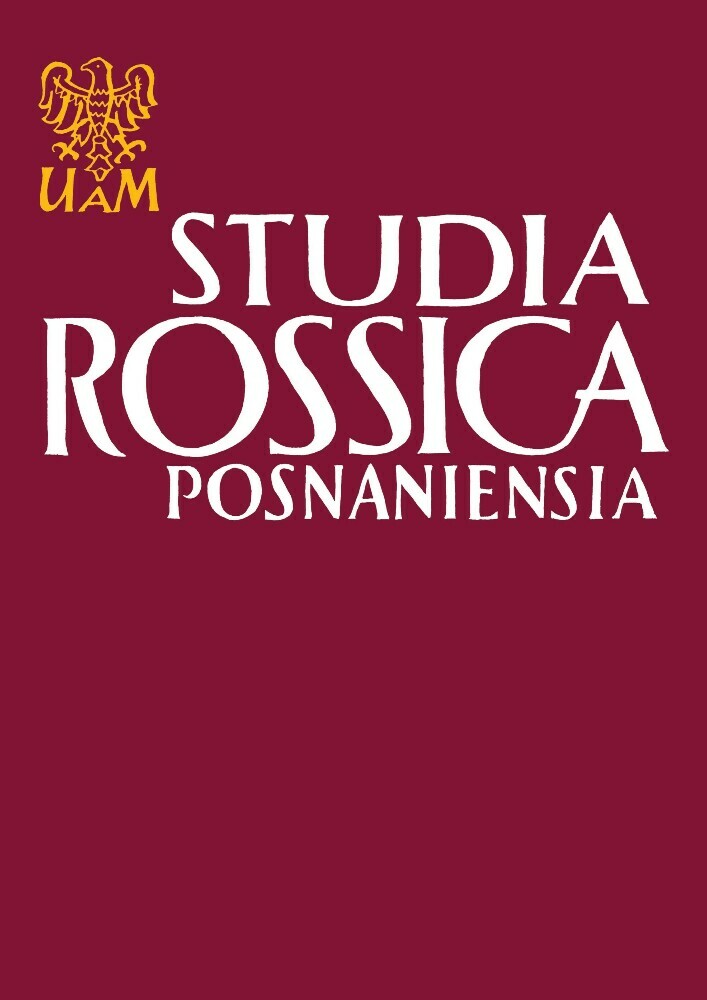Abstract
Artistic communication is a multistep process. Readers’ conversance with Der Steppenwolf, a novel by H. Hesse, realizes at two communication levels. The first one is represented by the surface existentialist world view. The second level is situated deeper. It should include Hesse’s reception of works by F.M. Dostoyevsky, with whom the German writer begins a dialogue. It is obvious that Hesse is much affected by Dostoyevsky’s style in the field of a plot formation, the type of a hero, various techniques and even language peculiarities. Considering of this layer gives an opportunity to notice a conceptual difference among subjects and motives that are at first glance similar. Hence, the effect of original shift and diffraction, or “reflectivity”, arises. The phenomenon forms other communicative strategies and highlights different key points in Der Steppenwolf. The “reflective” subjects are the theme of friendship and contention, venereal passions, play, art and life sense as a whole.
License
Copyright
© 2008 Uniwersytet im. Adama Mickiewicza w Poznaniu
OPEN ACCESS
